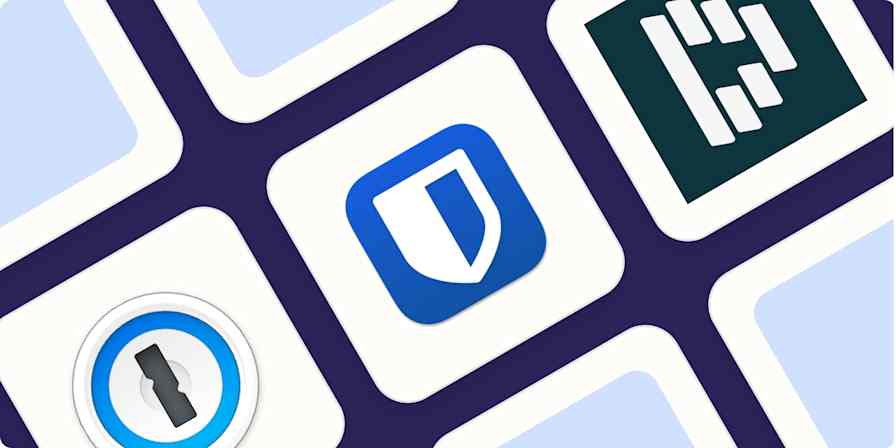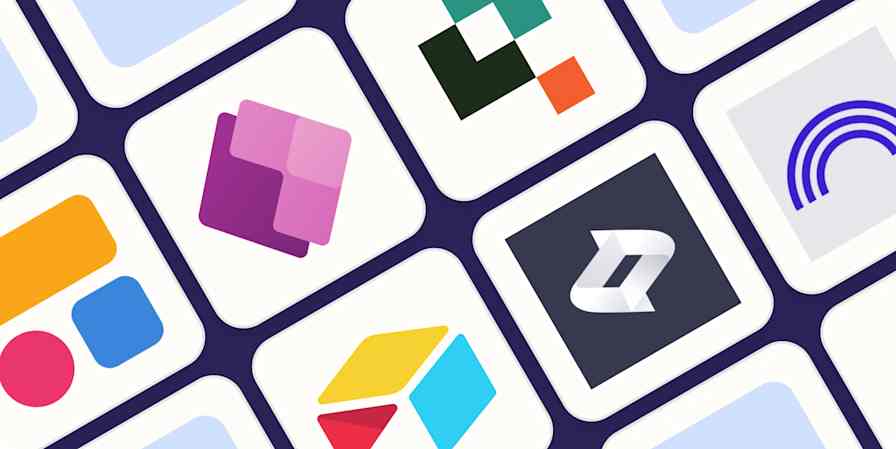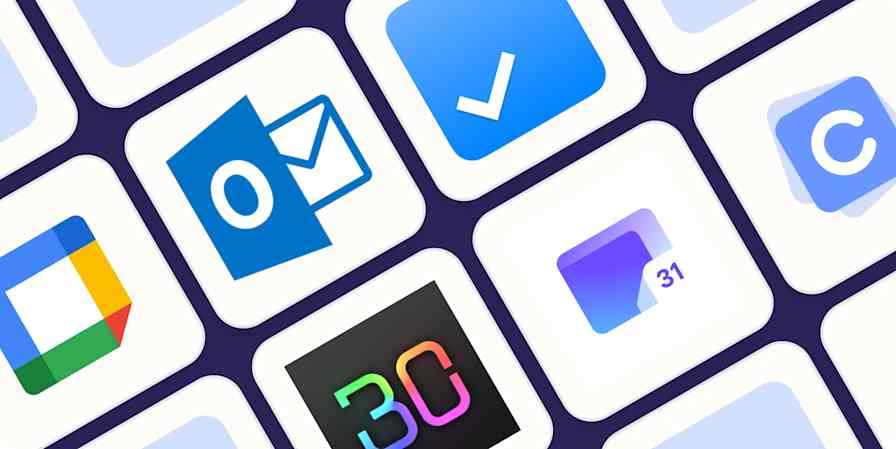Best apps
13 min readThe best business intelligence (BI) software
By Luke Strauss · August 5, 2024

Get productivity tips delivered straight to your inbox
We’ll email you 1-3 times per week—and never share your information.
Related articles
Improve your productivity automatically. Use Zapier to get your apps working together.









